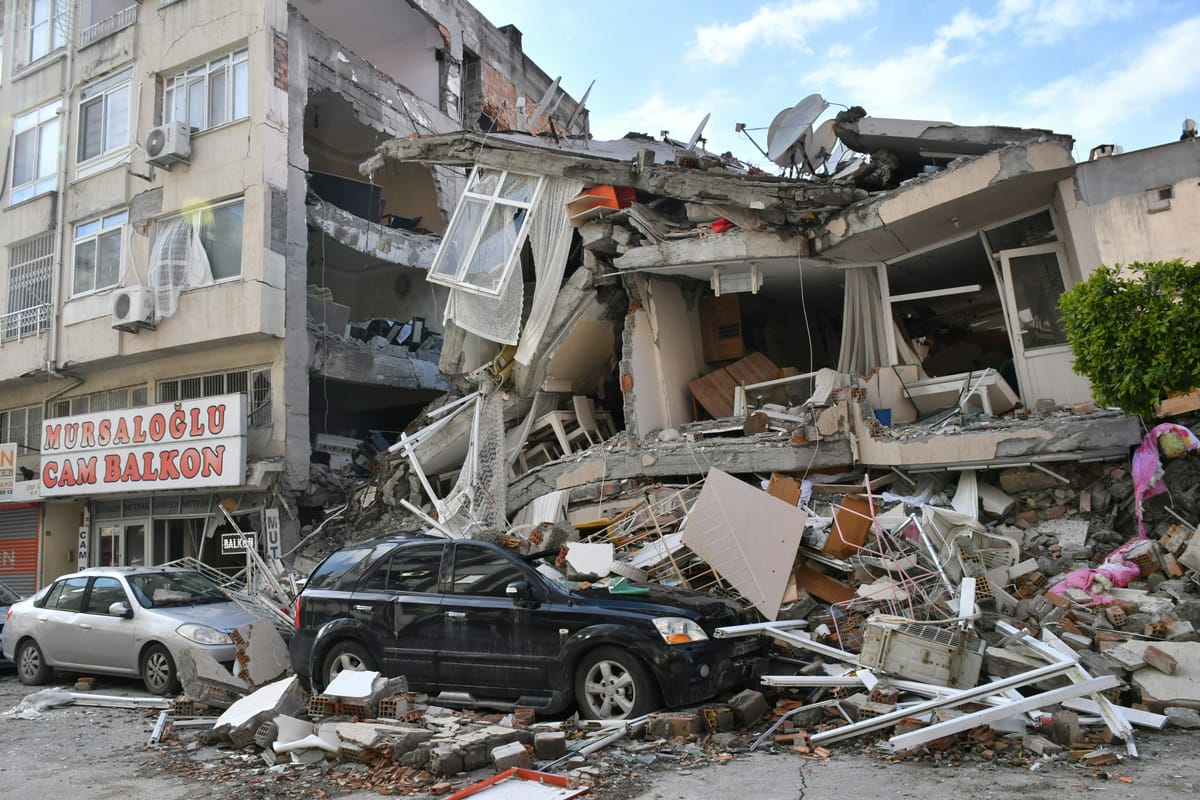Google's Alert System Failed 10 Million Turks Before Devastating Earthquake
When the earth began to shake across Turkey and Syria in the early hours of February 6, 2023, millions of people received no advance warning from Google's earthquake alert system—a technological failure that may have cost precious seconds that could have saved lives.
The Critical Gap in Coverage
Google's Android Earthquake Alerts System, designed to provide users with crucial seconds of warning before seismic waves reach their location, failed to notify approximately 10 million people in Turkey's earthquake-prone regions. The system, which relies on accelerometers in Android phones to detect the initial, less damaging P-waves before the more destructive S-waves arrive, simply wasn't activated for Turkish users when the 7.8-magnitude earthquake struck.
The devastating quake, followed by a 7.5-magnitude aftershock, ultimately claimed over 55,000 lives across Turkey and Syria, making it one of the deadliest natural disasters in the region's modern history. While the alert system might not have prevented the tragedy entirely, even 10-15 seconds of warning can be the difference between life and death, allowing people to drop, cover, and hold on or evacuate dangerous structures.
How Google's System Works—And Where It Failed
Google's earthquake detection network transforms Android smartphones into a vast seismograph network. When multiple phones detect similar shaking patterns simultaneously, the system can identify an earthquake's location and magnitude within seconds, then push alerts to devices in the projected impact zone.
The technology has proven effective in other regions. In California, the system has successfully provided warnings for earthquakes as small as magnitude 4.5, giving residents crucial time to prepare. Japan, Mexico, and several other earthquake-prone countries have integrated similar systems with remarkable success rates.
However, Turkey—despite sitting on major fault lines including the devastating East Anatolian Fault—was not included in Google's coverage area. This exclusion meant that millions of Android users, representing a significant portion of Turkey's smartphone market, received no digital warning of the impending disaster.
The Human Cost of Technological Gaps
The absence of earthquake warnings in Turkey highlights a troubling disparity in global disaster preparedness technology. While residents of San Francisco or Tokyo receive sophisticated alerts for moderate earthquakes, people living along one of the world's most active seismic zones were left without this basic digital safety net.
Emergency response experts estimate that even brief warnings can reduce casualties by 10-15% in major earthquakes. For the Turkey-Syria earthquake, this could have translated to thousands of lives saved. The alerts are particularly valuable for people in vulnerable situations—those sleeping, working in high-rise buildings, or operating heavy machinery.
Expanding Coverage Too Little, Too Late
Following the tragedy, Google announced plans to expand its earthquake alert system to Turkey and other underserved regions. The company cited challenges in calibrating the system for different geological conditions and obtaining necessary regulatory approvals as factors in the delayed rollout.
However, critics argue that a tech giant with Google's resources should have prioritized coverage for high-risk seismic zones regardless of market size or regulatory complexity. Turkey experiences significant earthquakes regularly, with over 95% of the country's land mass in active earthquake zones.
Lessons for Global Disaster Technology
The Turkey earthquake reveals critical gaps in how life-saving technologies are deployed globally. While commercial considerations and technical challenges are real, they highlight the need for more coordinated international approaches to disaster warning systems.
Other tech companies are taking note. Apple has similar capabilities through its devices, though coverage remains limited. Meanwhile, traditional earthquake warning systems, like Japan's J-Alert, continue to demonstrate the life-saving potential of comprehensive early warning networks.
Building More Resilient Systems
Moving forward, the tragedy underscores several key priorities: expanding smartphone-based earthquake detection to all seismically active regions, improving coordination between tech companies and geological agencies, and ensuring that life-saving technologies aren't limited by commercial considerations.
The 10 million people who received no warning in Turkey serve as a stark reminder that in our interconnected world, technological safety nets must be as global as the risks they're designed to address. Every second counts when the earth shakes—and every person deserves that crucial moment to protect themselves, regardless of where they live.
